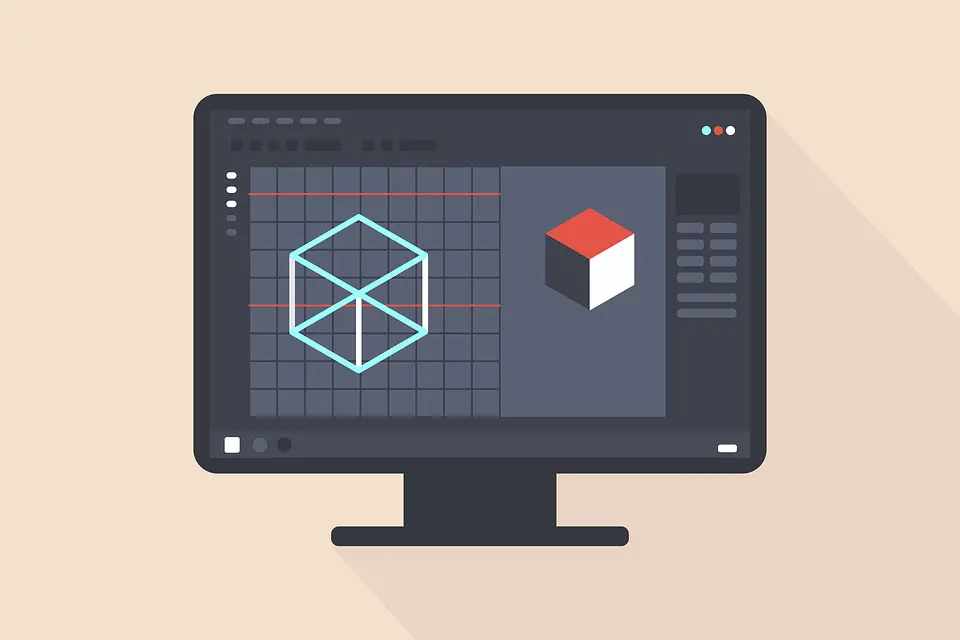There are a number of tools for designing infographic and editing images, the most popular of which is probably Photoshop. But even though Photoshop is undoubtedly the best-known editing tool, it is certainly not the only one. The GNU Image Manipulation Program, also known as GIMP, is a free and open-source program for editing images, converting images between different formats, free-form drawing, and more.

(Pixabay / kreatikar)
GIMP and Photoshop both provide the basic features required for day-to-day editing. They offer cropping, color balance, a gradient tool, bucket fill, text editing, a magic wand tool, red eye removal, and more.
While there are quite a few similarities between the two applications, there are also differences. We use Photoshop and it’s our choice over GIMP. But nonetheless, here is a look at the benefits of GIMP, too.
- GIMP is free, Photoshop is quite pricey.
- Photoshop can be difficult to use — partially because it has so many capabilities used for advanced design. GIMP is easy to master for novices and pros alike.
- Photoshop monopolizes up to 1GB of space on your desktop while GIMP uses only about 25 MB.
- Photoshop requires a high amount of RAM and other hardware resources. GIMP uses small amounts of RAM and has minimal requirements for hardware.
- Photoshop is the tool of choice for professional photographers and designers. GIMP is best for amateurs and hobbyists who do not want to spend a fortune on editing software.
- Photoshop does not support the native format of GIMP, but you can open Photoshop files in GIMP.
In short, both systems provide excellent features. GIMP is a great choice if you only need to perform basic editing tasks and are limited on money and time to learn the program.
